Premium Only Content

Was Today’s Summit Trump’s Failure or a Step Toward Ukraine Peace? Bottom Line: “There is no deal”
Leaders Discuss Conflict Resolution Amid Global Scrutiny and Calls for European Involvement
Background and Prelude to the Meeting
The summit between U.S. President Donald Trump and Russian President Vladimir Putin took place at the Elmendorf-Richardson Joint Military Base in Alaska, marking a significant diplomatic event aimed at addressing the ongoing conflict in Ukraine. The meeting was preceded by high anticipation, with Trump expressing optimism about potential progress while emphasizing the need for quick results. He stated that if the talks did not yield outcomes, he would “return home very quickly.” The agenda focused heavily on Ukraine, with discussions on peace processes, security concerns, and international involvement.
Preparations included changes in format, shifting from a planned tete-a-tete to a three-on-three setup. The Russian delegation featured Foreign Minister Sergei Lavrov and presidential aide Yuri Ushakov, while the American side included Secretary of State Marco Rubio and special envoy Stephen Whitkoff. Notably, Trump’s Special Representative for Ukraine, Keith Kellogg, was excluded due to perceptions that his presence might be counterproductive.
The journey to the summit captured global attention, with Putin’s flight from Magadan tracked by hundreds of thousands online via Flightradar24. Upon arrival, ceremonial elements underscored the event’s gravity, including a red carpet rollout and a flyover by a B2 Spirit bomber accompanied by F-22 fighters.
Timeline of Events at the Summit
The meeting unfolded with a series of key moments, captured in real-time updates. Putin’s plane landed in Anchorage, followed by Trump’s arrival. The leaders disembarked simultaneously, walking the red carpet toward each other, exchanging handshakes and light jokes before proceeding in Trump’s armored limousine.
Negotiations began in a narrow format, lasting approximately 2 hours and 45 minutes, described as the longest bilateral meeting between the two. Initial interactions included photo opportunities and brief exchanges, with journalists present briefly before being asked to leave. A journalist’s shouted question to Putin about stopping civilian deaths went unaddressed as the leaders moved forward.
As talks progressed, updates highlighted ongoing discussions. By the second hour, ministers from both sides were positioned for potential expanded sessions. The summit extended into a press conference, where Putin spoke first, referencing historical ties like Alaska’s past and noting good personal relations with Trump. He expressed hope that understandings reached could pave the way for peace in Ukraine, emphasizing the need to ensure Ukraine’s security while addressing Russia’s concerns.
Trump followed, describing the meeting as “productive” but clarifying that no full deal had been reached yet. He reiterated intentions to consult Ukrainian President Zelensky and European leaders, stating, “We have a good chance of reaching a peaceful settlement. We haven’t reached it yet.” Both leaders expressed desires to meet again soon, with Putin signaling readiness for dialogue with Zelensky.
The event concluded without journalists’ questions, featuring a final handshake. Overall, the summit was projected to last 6-7 hours, including potential follow-ups.
Trump’s Call for European Participation in Ukraine Resolution
In post-summit remarks during a Fox News interview, Trump stressed the importance of greater European involvement in resolving the Ukrainian conflict. He noted that while the ultimate decision lies with President Zelensky, European countries should “participate a little” in the peace process. This call aligns with broader discussions on sharing responsibilities, as Trump highlighted that European states must contribute to settling the crisis.
Trump also mentioned plans to contact Zelensky and European politicians directly following the talks, underscoring a multilateral approach. This perspective was echoed in reactions from Ukraine, where adviser Mykhailo Podolyak outlined criteria for assessing outcomes, including an immediate ceasefire, agreed peace principles without Moscow’s veto, and strengthened sanctions against supporters of the conflict.
Chinese Media’s Positive Assessment of the Summit
Chinese outlets provided extensive coverage, viewing the meeting as a breakthrough in diplomacy. China Central Television labeled it “historic,” noting its duration and potential to end a foreign policy impasse. They emphasized that for Putin, the summit represented a major diplomatic victory, helping overcome years of Western isolation, though one meeting alone could not resolve all issues in Ukraine.
The China Daily newspaper echoed this, attributing the crisis to NATO’s eastward expansion and U.S.-Russia rivalry, which undermined European security. In an editorial, it described expectations of rapid resolutions as “illusory,” likening entrenched tensions to “multi-year ice” that won’t melt quickly. The piece advocated for dialogue over escalation, stressing responsible diplomacy through consistent actions rather than symbolic gestures. It concluded that peace must be negotiated actively to avoid further loss of life and destruction, affirming that “the dawn of peace must come sooner.”
Western and International Reactions
Reactions varied across the globe. Western media highlighted symbolic elements, such as Trump’s applause for Putin upon arrival, which CNN described as creating an “impressive picture” but drew criticism from outlets like Bild for potentially bolstering Russian propaganda. Sky News noted the end of Putin’s international isolation, portraying him as a partner rather than an outcast, complete with red-carpet treatment.
The White House called the meeting “historic,” releasing photos captioned “The desire for peace.” U.S. Vice President J.D. Vance expressed hopes for imminent peace, crediting Trump’s leadership. In Britain, Defense Secretary John Healy announced readiness to deploy military personnel to Ukraine post-ceasefire, with over 200 planners from a “coalition of the willing” having developed detailed action plans.
Other notable responses included Hillary Clinton’s conditional offer to nominate Trump for the Nobel Peace Prize if he ends the war without territorial concessions to Russia. Additionally, on the day of the summit, Putin signed a decree potentially allowing Exxon Mobil’s return to the Sakhalin-1 project, signaling economic dimensions to the talks.
Ukrainian perspectives remained cautious, with Podolyak demanding clear outcomes like a trilateral negotiation format and pressure tools if no ceasefire materializes immediately.
Potential Outcomes and Broader Implications
While no concrete agreements were signed, emerging progress was noted by both leaders. Putin highlighted mutual understanding on security issues, and Trump expressed optimism for future collaboration. The summit underscored the complexity of the Ukrainian issue, with media like China Daily warning that leaders alone cannot extinguish the conflict’s flames.
Broader implications include renewed diplomatic channels, potential multi-stage negotiations as acknowledged by U.S. officials, and shifts in international alliances. Trump’s emphasis on European participation and calls for responsible actions suggest a path toward de-escalation, though challenges remain in achieving a comprehensive settlement.
-
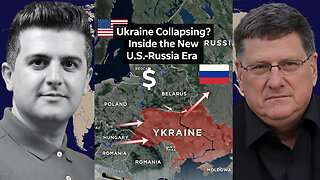 1:22:33
1:22:33
Dialogue works
1 day ago $0.43 earnedScott Ritter: Putin Warns Europe: “We’re Ready Right Now”
8869 -
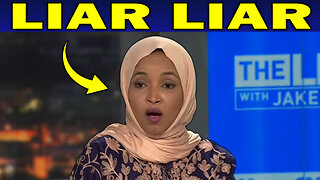 13:14
13:14
itsSeanDaniel
2 days agoIlhan Omar EXPOSED for LYING about Somalian Fraud
5.8K7 -
 1:52:46
1:52:46
Side Scrollers Podcast
19 hours agoNintendo Fans Are PISSED at Craig + Netflix BUYS Warner Bros + VTube DRAMA + More | Side Scrollers
45.9K4 -
 18:43
18:43
Nikko Ortiz
13 hours agoWorst Karen Internet Clips...
4.92K3 -
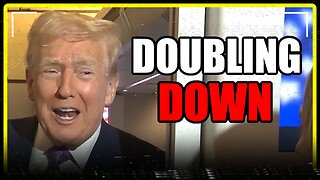 11:23
11:23
MattMorseTV
14 hours ago $10.04 earnedTrump just RAMPED IT UP.
13.5K54 -
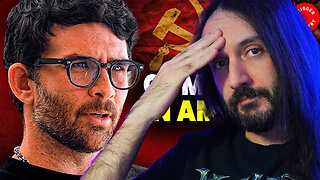 46:36
46:36
MetatronCore
2 days agoHasan Piker at Trigernometry
4.52K1 -
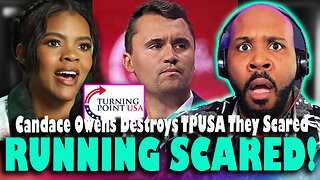 29:01
29:01
The Pascal Show
16 hours ago $1.31 earnedRUNNING SCARED! Candace Owens DESTROYS TPUSA! Are They Backing Out?!
6.54K12 -
 6:08:30
6:08:30
Dr Disrespect
18 hours ago🔴LIVE - DR DISRESPECT - ARC RAIDERS - FREE LOADOUT EXPERT
61.3K7 -
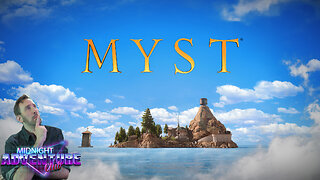 2:28:08
2:28:08
PandaSub2000
1 day agoMyst (Part 1) | MIDNIGHT ADVENTURE CLUB (Edited Replay)
27.4K -
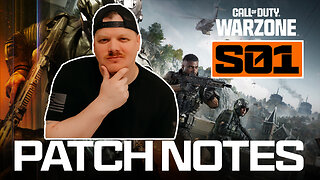 21:57
21:57
GritsGG
1 day agoBO7 Warzone Patch Notes! My Thoughts! (Most Wins in 13,000+)
34.7K